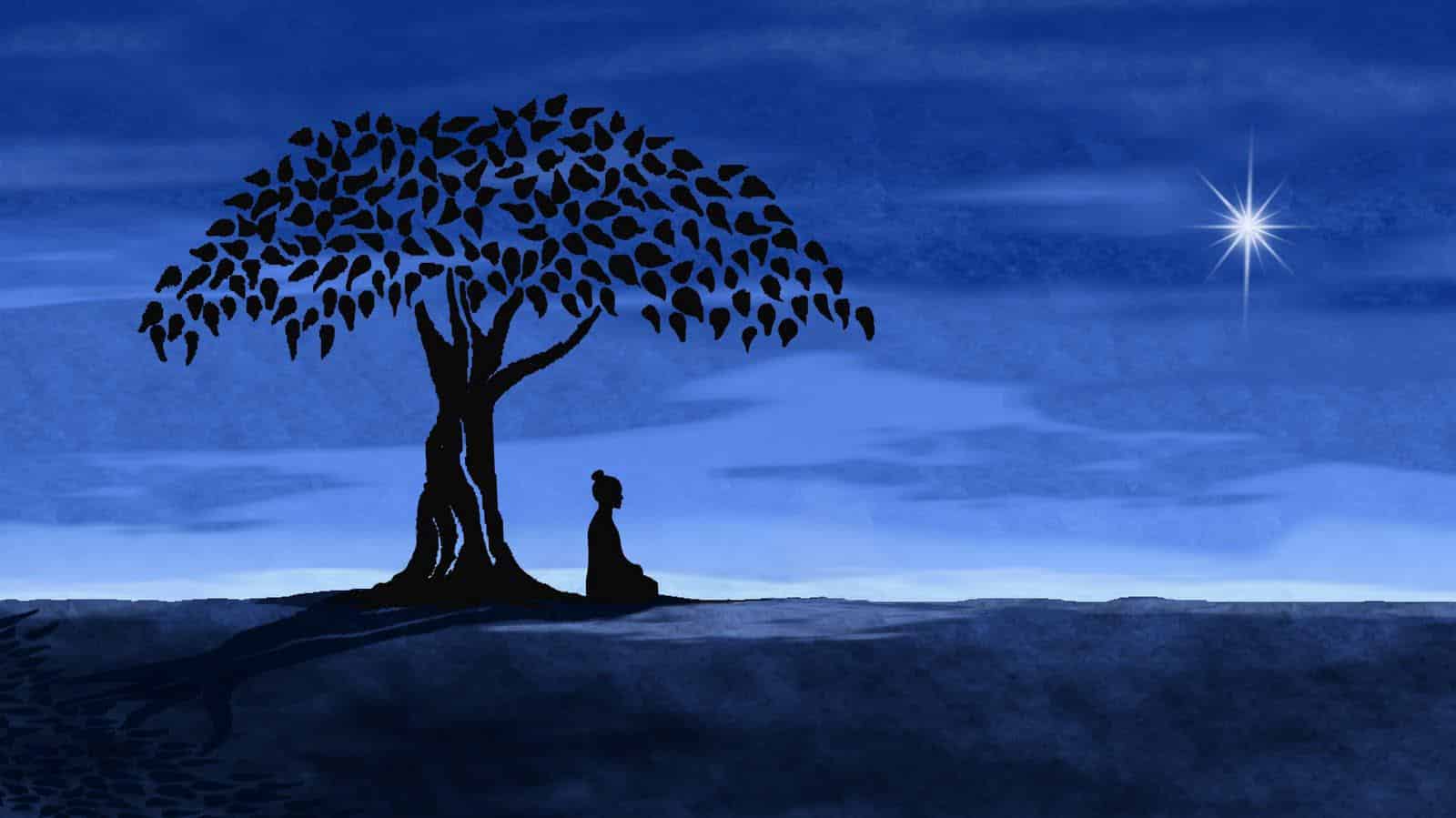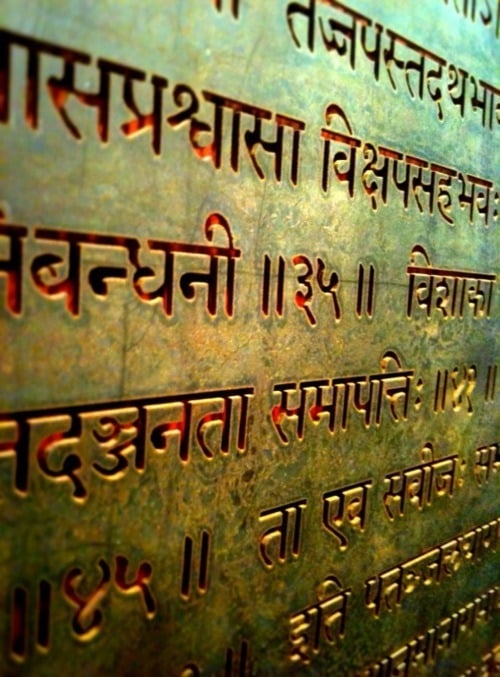Satya | सत्य
Satya is the Hindu concept of absolute truth and ultimate reality. In the Matrix, the real world covered in clouds and barren from war would be considered the reality, or Satya of that plane of existence. Satya is a deep underlying concept that spans across the Indian religions and has influenced the cultural practices of … Read more




